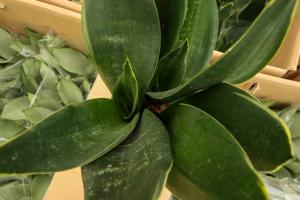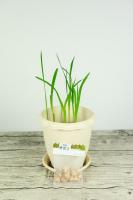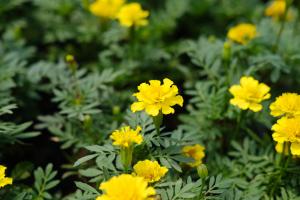How to Save Frost Bitten Tomato Plants
Tomatoes are a favorite in many gardens because of their versatility and taste. However, the plants are vulnerable to frost damage, especially during early spring or late fall when temperatures can drop suddenly. Freezing temperatures can cause frostbite, which can lead to plant death if not addressed. In this article, we will look at practical ways to save frost-bitten tomato plants.
Assess the Damage
The first step in saving frost-bitten tomato plants is to assess the extent of the damage. Inspect your plants to determine how much of the plant has been affected. Look for wilted leaves, darkened or blackened stems, and fruit that's turned black or mushy. If the damage is relatively minor, your plants may recover on their own. However, if the damage is severe, you may have to take some drastic measures to save your plants.
Prune the Damaged Parts
If your plants have been severely damaged by frost, pruning may be necessary to save them. Begin by cutting off the damaged parts of the plant, including stems, leaves, and fruit. Be sure to use a sharp cutting tool to create clean cuts that promote faster healing. Don't cut too much, as this can further stress the plant. Once you've pruned your plants, be sure to dispose of the damaged parts so that they don't harbor pests or diseases.
Cover Your Plants
If you expect frost, be sure to cover your plants with a protective material like row covers, blankets, or plastic sheeting. These materials help to trap some of the heat radiated by the soil, which can keep your plants from freezing. Be sure to remove the covers during the day so that your plants can get enough light and air. Also, avoid using heavy coverings, as they can damage plants and cause them to break under the weight.
Provide Plenty of Water
Frost-bitten tomato plants may be stressed and in need of extra water. Water your plants deeply and frequently for several days after the frost to help them recover. Be sure to water the soil around the roots, not the leaves, to prevent fungal infections. Also, avoid overwatering, as this can lead to root rot.
Apply Fertilizer
Fertilizing your plants after a frost can help to stimulate growth and promote recovery. A balanced fertilizer with equal amounts of nitrogen, phosphorus, and potassium is ideal. Follow the instructions on the packaging carefully to avoid over-fertilizing and damaging your plants. Also, add compost to the soil around your plants to help them recover faster.
Conclusion
Tomato plants are sensitive to frost damage, and it's crucial to take measures to save them. Assess the damage, prune the damaged parts, cover your plants, provide plenty of water, and apply fertilizers and compost to promote recovery. With a little bit of patience and care, your frost-bitten tomato plants can recover and continue to produce tasty fruit!

 how many times do yo...
how many times do yo... how many planted tre...
how many planted tre... how many pine trees ...
how many pine trees ... how many pecan trees...
how many pecan trees... how many plants comp...
how many plants comp... how many plants can ...
how many plants can ... how many plants and ...
how many plants and ... how many pepper plan...
how many pepper plan...
































